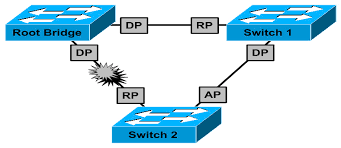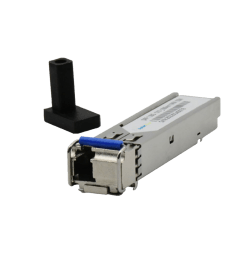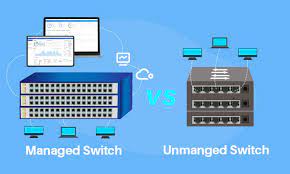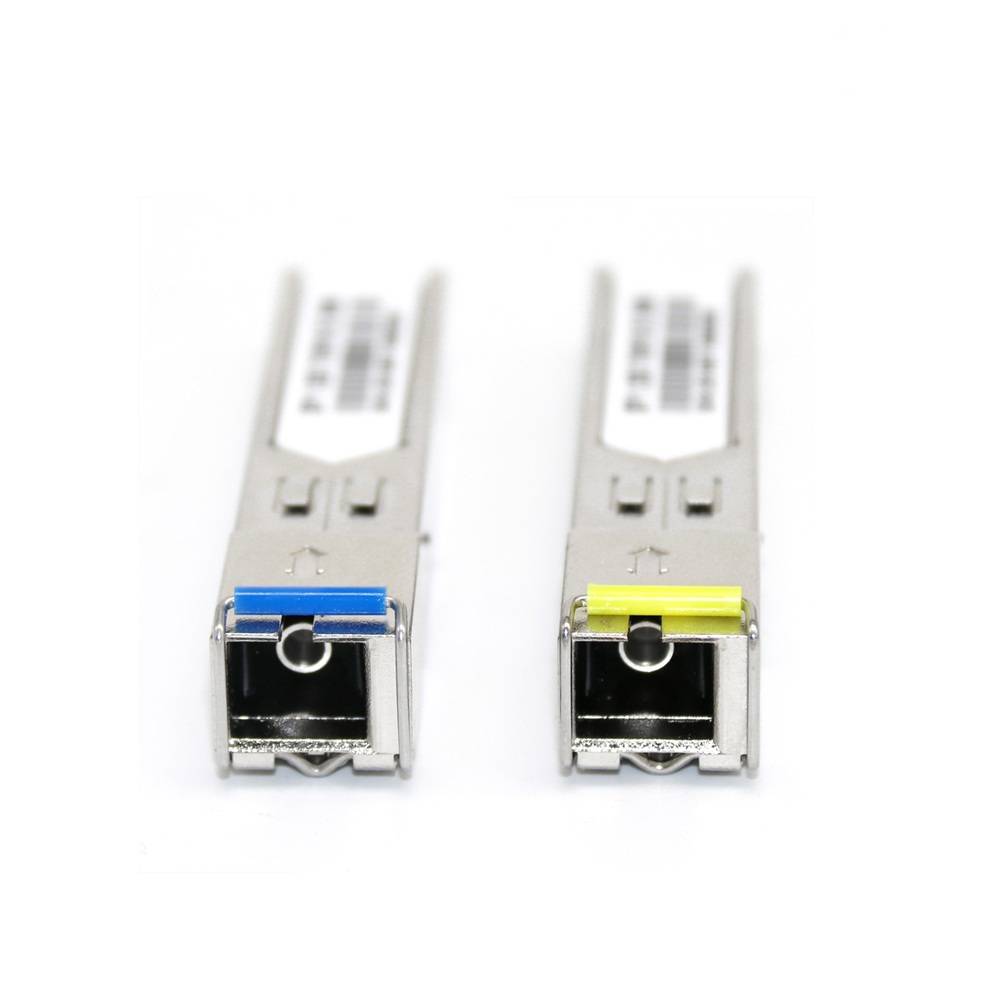In modern computer networks, it is crucial to ensure that data packets are transmitted efficiently and without any loops. The Spanning Tree Protocol (STP) and Rapid Spanning Tree Protocol (RSTP) are two important technologies that help achieve these goals by creating a loop-free, tree-like topology.
Spanning Tree Protocol (STP)
STP is a network protocol that was developed by Dr. Radia Perlman in 1985. Its primary function is to prevent network loops by creating a loop-free logical topology. STP operates at the Data Link Layer (Layer 2) of the OSI model and uses the Bridge Protocol Data Units (BPDU) to exchange information between network devices.
The main working principle of STP involves electing a root bridge and designating ports on other bridges. The root bridge is the central point of the network, and all other bridges and switches connect to it. The selection of the root bridge is based on the lowest Bridge ID (BID), which is a combination of the bridge priority and the MAC address of the bridge.
Once the root bridge is elected, the other bridges and switches in the network calculate the path cost to the root bridge. The path cost is determined by the sum of the individual link costs between devices. The bridge with the lowest path cost to the root bridge becomes the designated bridge, and the port on that bridge is defined as the root port.
STP uses a three-step process to achieve a loop-free topology:
1. Electing the root bridge
2. Selecting root ports on non-root bridges
3. Designating designated ports on network segments
STP converges relatively slowly, taking up to 50 seconds in some cases. This can lead to temporary network outages during the convergence process.
Rapid Spanning Tree Protocol (RSTP)
RSTP, defined in IEEE 802.1w, is an evolution of STP that provides faster convergence times. RSTP achieves this by introducing new port roles and states and by utilizing an efficient handshake mechanism called the “Proposal/Agreement” process.
In addition to the root port and designated port roles from STP, RSTP introduces the alternate port and backup port roles. The alternate port provides an alternative path to the root bridge, while the backup port offers a redundant link to a shared network segment.
RSTP also simplifies the port states used in STP. STP has five port states: Disabled, Blocking, Listening, Learning, and Forwarding. RSTP, on the other hand, uses only three port states: Discarding, Learning, and Forwarding.
The Proposal/Agreement process in RSTP is a significant improvement that accelerates convergence. When a designated port is ready to transition to the forwarding state, it sends a proposal message to the neighboring device. If the neighboring device agrees with the proposal, it sends an agreement message back. This handshake mechanism ensures a faster, more efficient transition to a loop-free topology.
Differences between STP and RSTP
1. Convergence Time:
RSTP provides faster convergence times than STP, reducing the potential for temporary network outages.
2. Port Roles:
RSTP introduces two new port roles, the alternate port and backup port, which help establish faster convergence and provide additional redundancy.
3. Port States:
RSTP simplifies the port states, using only three (Discarding, Learning, and Forwarding) compared to STP’s five states (Disabled, Blocking, Listening, Learning, and Forwarding).
4. Proposal/Agreement Process:
RSTP uses the efficient Proposal/Agreement handshake mechanism to quickly transition ports to the forwarding state, resulting in faster convergence.
RSTP is an enhanced version of STP that offers faster convergence, additional port roles, and simplified port states. By understanding the critical differences between these two protocols, network administrators can make more informed decisions when designing and maintaining their networks.











